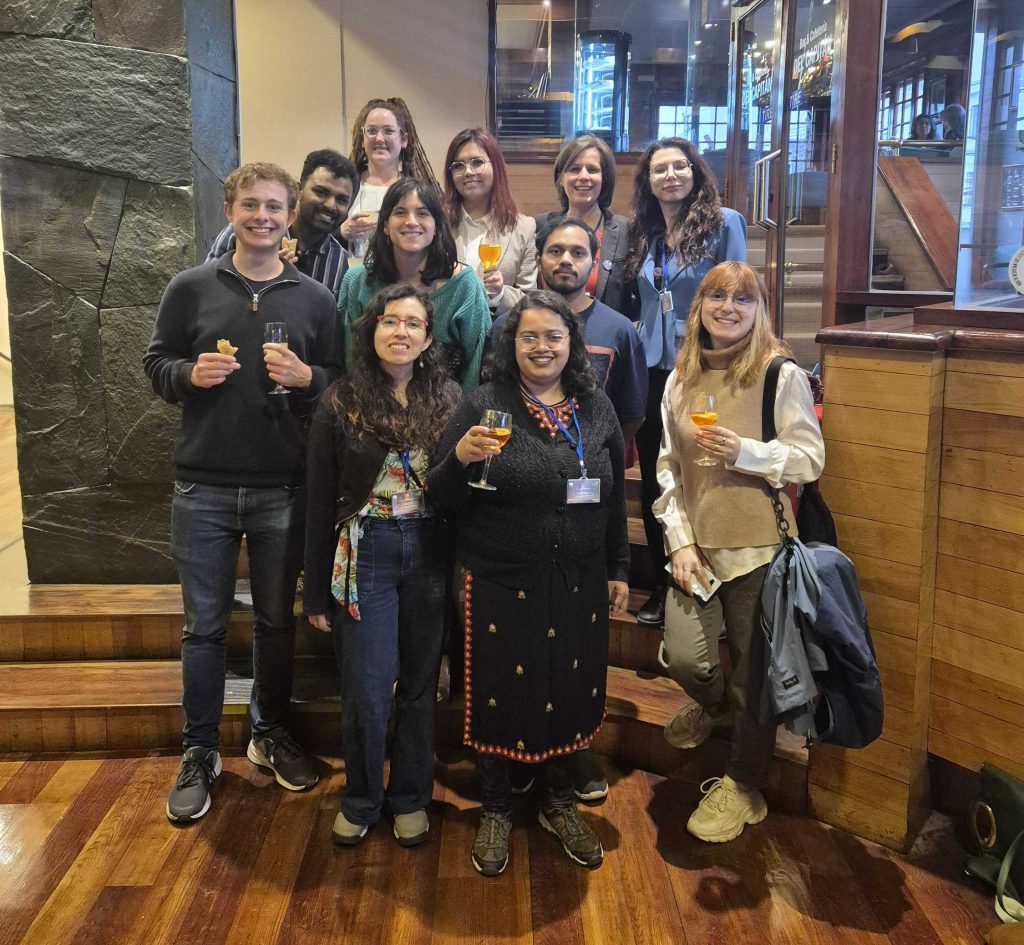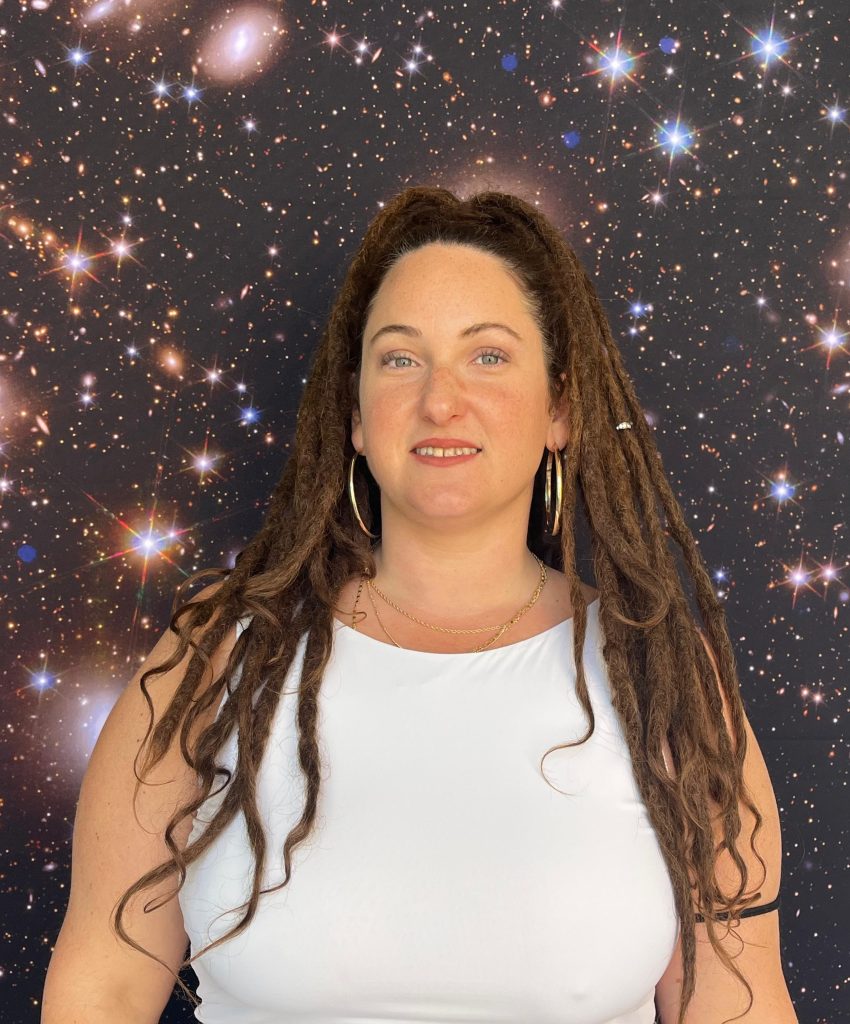AstroUDP en la XX reunión anual de SOCHIAS
El equipo del Instituto de Estudios Astrofísicos UDP (IEA UDP) tuvo una participación destacada en la XX Reunión Anual de la Sociedad Chilena de Astronomía (SOCHIAS), realizada entre el 13 y el 17 de octubre de 2025 en la sede de Puerto Montt de la Universidad Austral de Chile.Durante cinco días, astrónomos y astrónomas de todo el país se reunieron para …










